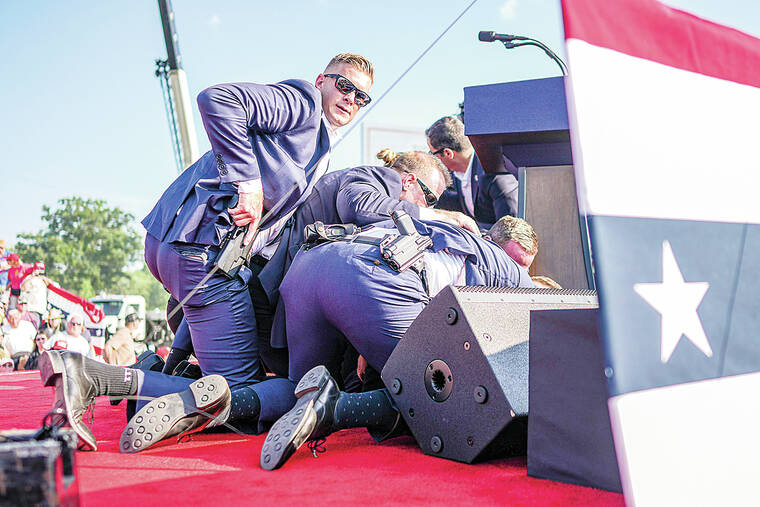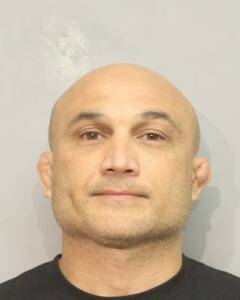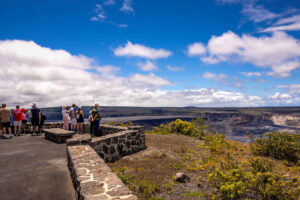Events that led to close call on Trump’s life were preventable, committee finds
WASHINGTON — The House task force on the attempted assassinations of former President Donald Trump released its first preliminary report Monday, chastising the Secret Service for poor planning and a communications breakdown that resulted in a fatal shooting at Trump’s rally in Butler, Pennsylvania.
“Put simply, the evidence obtained by the task force to date shows the tragic and shocking events of July 13 were preventable and should not have happened,” the report said.
ADVERTISING
The 53-page bipartisan report is based on 23 interviews with local law enforcement officials who assisted with security at the rally, thousands of pages of documents from local, state and federal authorities, and testimony from the task force’s public hearing on Sept. 26.
Its findings largely hew to the conclusions of three other recent investigations. A Senate inquiry found that no one was in charge of planning and security decisions for the July 13 campaign rally where Trump was shot; an independent panel reviewing the failures that led to the attempted assassination called on the Secret Service to replace its leadership with people from the private sector and focus almost exclusively on its protective mission; and the Secret Service’s own internal investigation found that complacency had set in among some of the agents charged with securing the rally site.
The Secret Service has said it accepts responsibility for those mistakes and has pledged changes, including better training, improved technology and proper accountability for the agents who failed in their duty.
The new House report includes excerpts from testimony from Butler, Pennsylvania, law enforcement officials to the task force. It provides a glimpse into the Secret Service’s inadequate preparation and communication with local law enforcement before and during the July 13 rally at which a gunman opened fire, injuring Trump’s ear and killing an attendee.
One officer, a local sniper who was stationed in a warehouse adjacent to the one that the would-be assassin eventually used as a perch, told the panel that the gunman, Thomas Crooks, kept looking up at the building — at the very window where he was.
“He went up against the building to where I couldn’t look down on him,” said the sniper, whose name was not revealed in the report. “I found that to be very suspicious.”
Another local law enforcement officer stationed in the warehouse said Crooks stood out because he had “absolutely zero interest” in anything happening inside the fence where Trump’s fans were congregating.
Federal, state and local law enforcement officers “could have engaged Thomas Matthew Crooks at several pivotal moments,” as his behavior “became increasingly suspicious,” the report concluded.
The report also included a firsthand account from a Butler police officer who was boosted up by a colleague to peer over the edge of the warehouse closest to Trump’s stage after rally attendees pointed out that someone was on the roof.
The officer immediately spied Crooks.
“I see Crooks facing downrange towards the stage, but his eyes are back at me as I’m coming up,” the officer is quoted as saying. “And I would say, like, his facial expressions was surprised. His eyes were very big, like, what are you doing up here?
“And from there, he just slowly turned on his waist, like — he was proned out like this, and he kind of slowly turned around. And as I came up, that’s when he pointed his firearm in my face.”
The officer, who said that he had been hanging by his fingertips, slipped and fell to the ground. He immediately began yelling into his radio.
“I just kept repeating, ‘He’s got a gun. He’s got a long gun,’” the officer said.
The task force said that to date it had not received any evidence to suggest that the officer’s message about a gun reached the Secret Service security detail surrounding Trump before Crooks began firing.
The task force said it was continuing to investigate and was in the process of conducting 20 more interviews.
This article originally appeared in The New York Times.
© 2024 The New York Times Company





